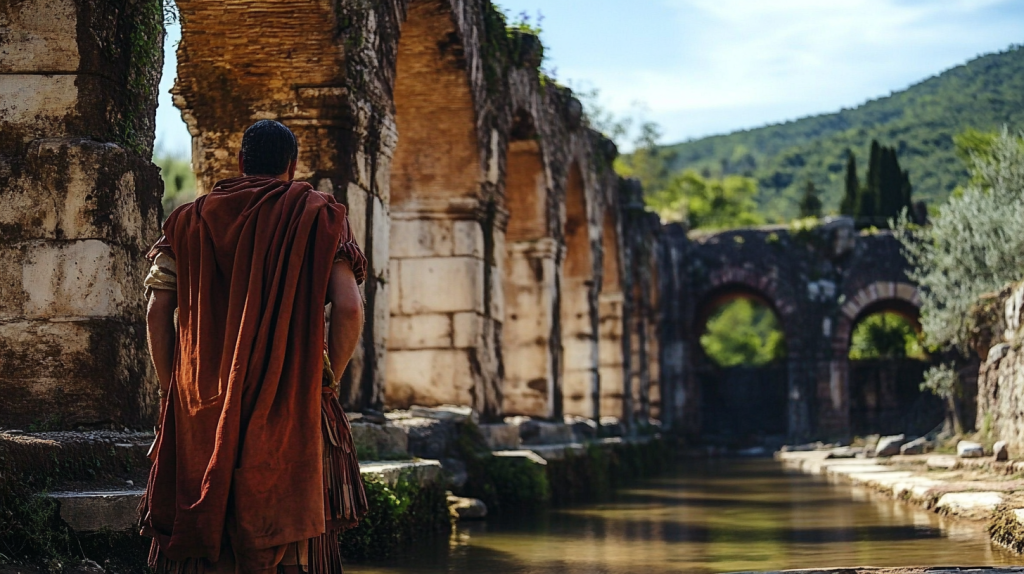There’s something truly fascinating about the everyday lives of ancient people. Without modern technology, they managed to craft solutions to everyday problems that are clever, resourceful, and, in some cases, still in use today! It makes me think: how did they even come up with these ideas? From medical treatments and engineering marvels to agriculture and hygiene, ancient civilizations were filled with people who were just as innovative and resourceful as we are today—maybe even more so, given the limitations they faced. Let’s explore some of the ingenious ways they tackled life’s challenges and see how their inventive spirit still influences our lives today.
1. The Egyptian Water Clock for Timekeeping
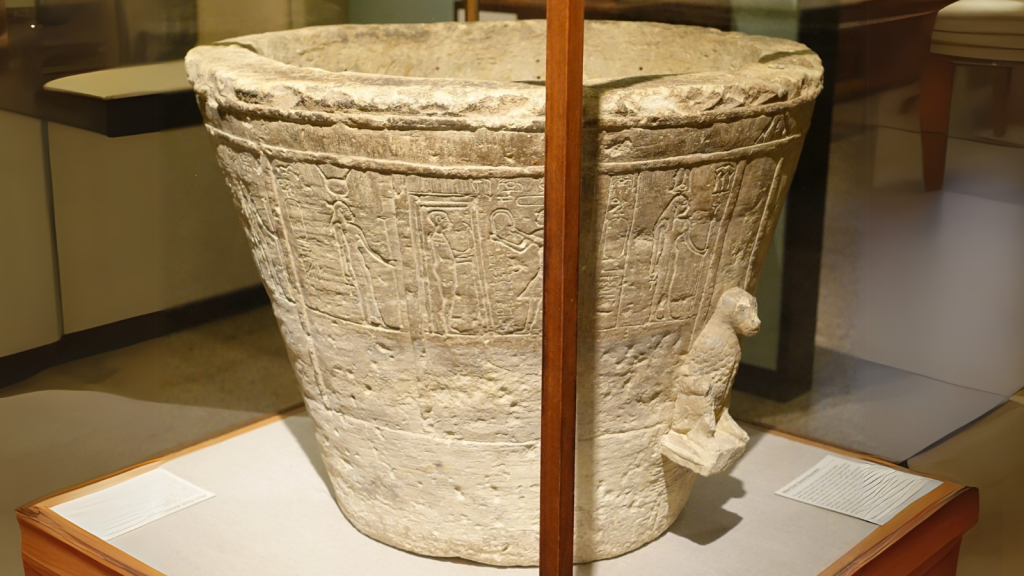
Ancient Egyptians created water clocks to measure time accurately, even without sunlight. They used stone bowls with a small hole that allowed water to drip at a consistent rate. As the water level rose, markings inside the bowl indicated hours, helping them keep track of time at night and in cloudy weather.
2. Roman Aqueducts to Transport Clean Water
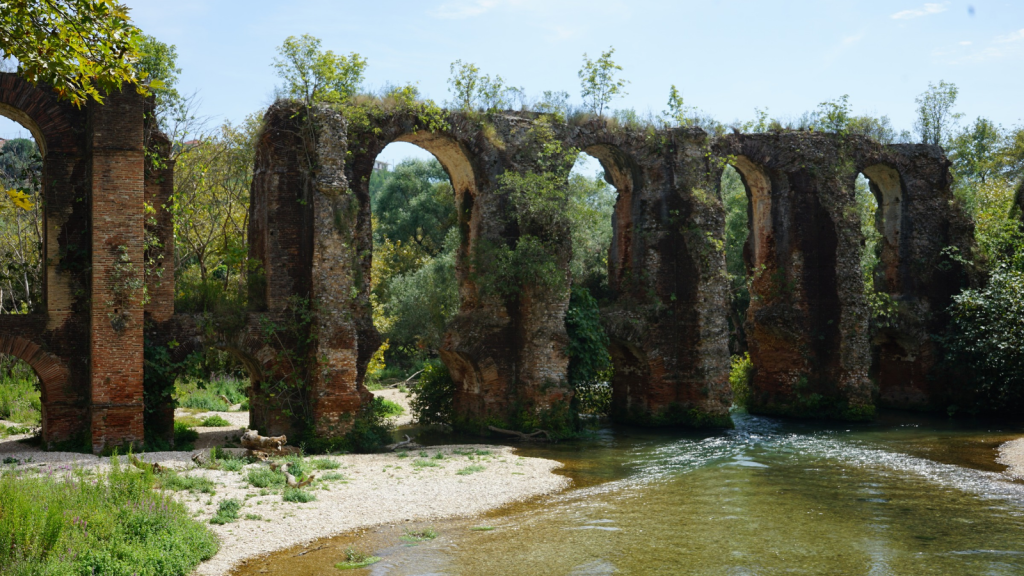
The Romans engineered extensive aqueduct systems to bring fresh water to cities from distant sources. Using a precise gradient, they transported water over hills, across valleys, and into urban centres, ensuring safe drinking water and reducing the risk of waterborne diseases.
3. Chinese Seismograph for Detecting Earthquakes
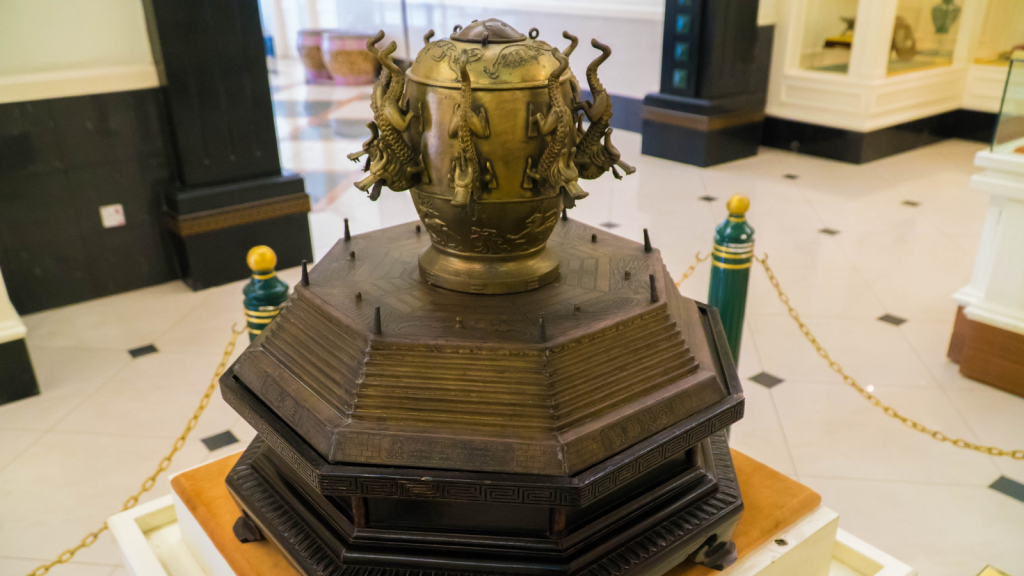
Invented in 132 AD by Zhang Heng, the Chinese seismograph could detect distant earthquakes. It used a series of pendulums and small, intricate mechanisms to sense ground vibrations. When an earthquake hit, the device would release a ball into the mouth of a toad-shaped vessel, indicating the direction of the quake.
4. Mayan Cement for Durable Construction
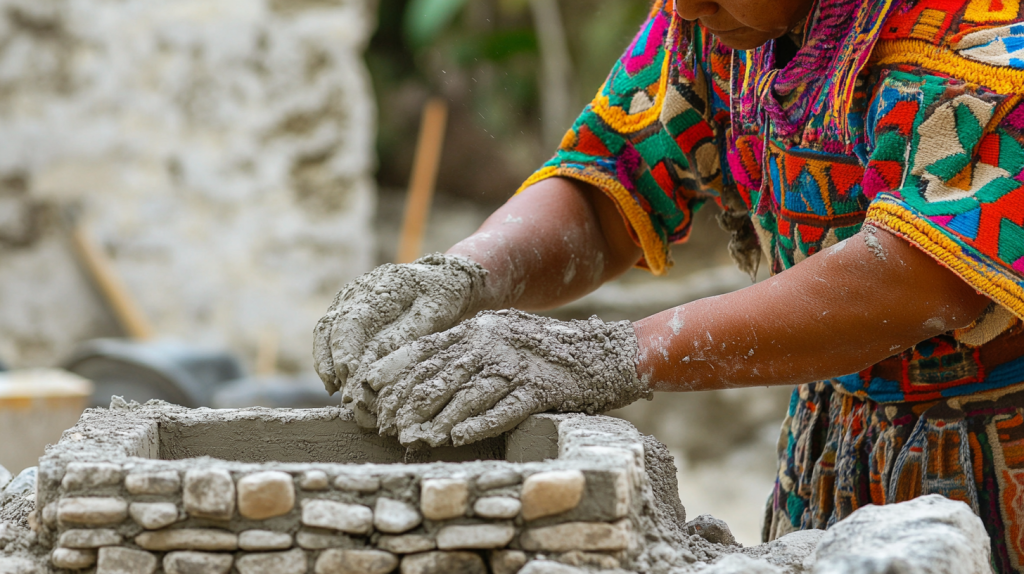
The Maya civilization created a type of cement from limestone that was surprisingly durable. This cement was used to bind stones for structures, some of which still stand today. They even built complex roads, known as sacbeob, that connected their cities.
5. Indian Ayurveda for Natural Healing

Ancient Indian Ayurveda is one of the oldest holistic healing systems, using plants, minerals, and oils for treatments. Practitioners prescribed herbal remedies, dietary adjustments, and massages to restore balance to the body, an approach that continues to influence natural and preventive medicine worldwide.
6. Greek Alarm Clocks to Keep People on Schedule
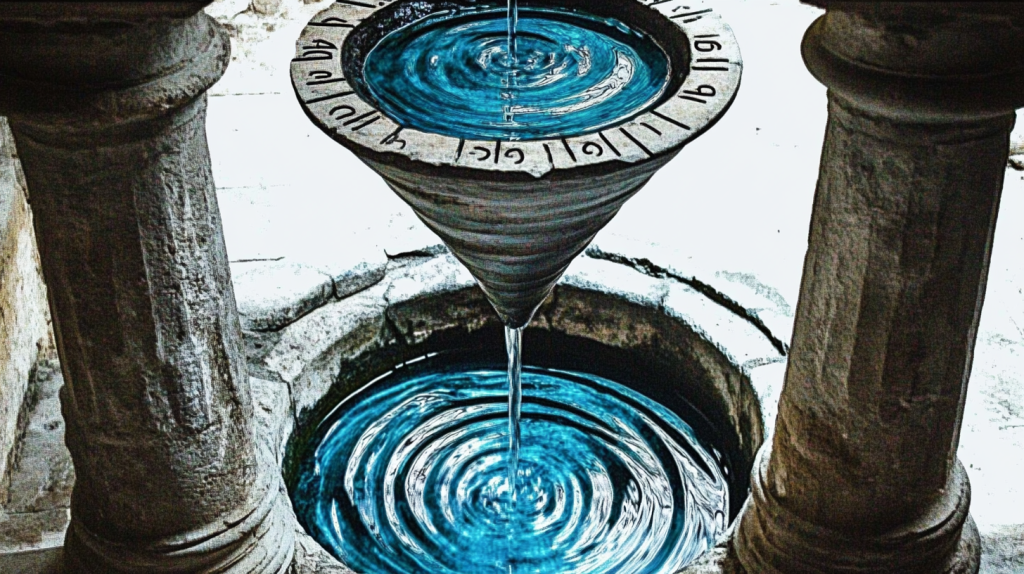
The ancient Greeks invented an early version of the alarm clock by using a water clock paired with pebbles. When the water rose to a certain level, the pebbles would drop and make a sound, helping people wake up at a specific time—a concept we still rely on today.
7. Mesopotamian Cuneiform for Written Communication
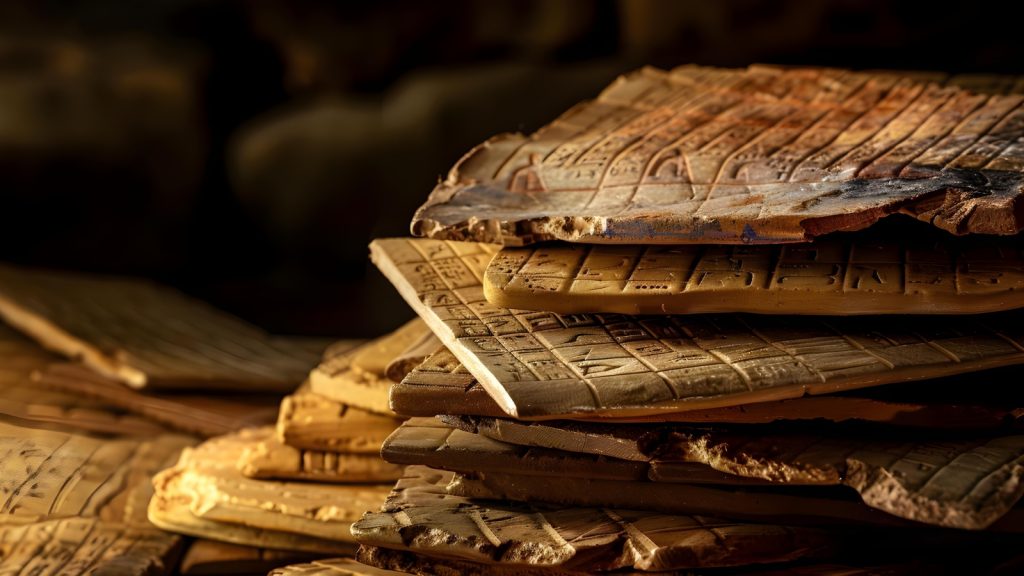
The Mesopotamians created cuneiform, one of the earliest forms of writing, to keep records and communicate. They used reed styluses to press symbols into clay tablets, a system that allowed them to document trade, legal codes, and history, shaping the way information was preserved.
8. Egyptian Dentistry to Relieve Tooth Pain
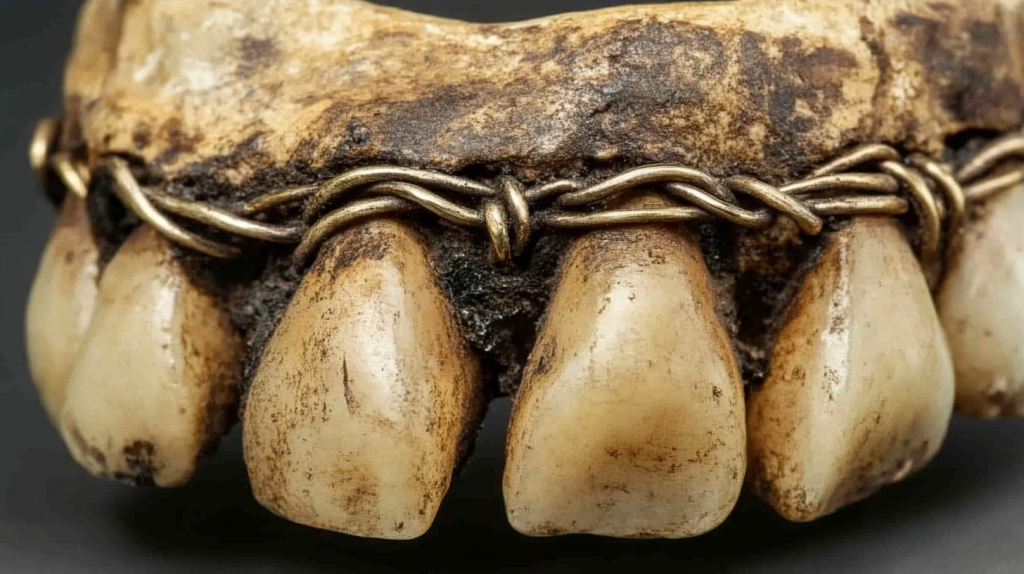
Ancient Egyptians practiced a form of dentistry, using various tools and treatments to address tooth pain and infections. They had recipes for toothpaste made from ingredients like powdered ashes, crushed eggshells, and myrrh. Some evidence suggests they even attempted tooth replacements!
9. Roman Roads for Efficient Transportation
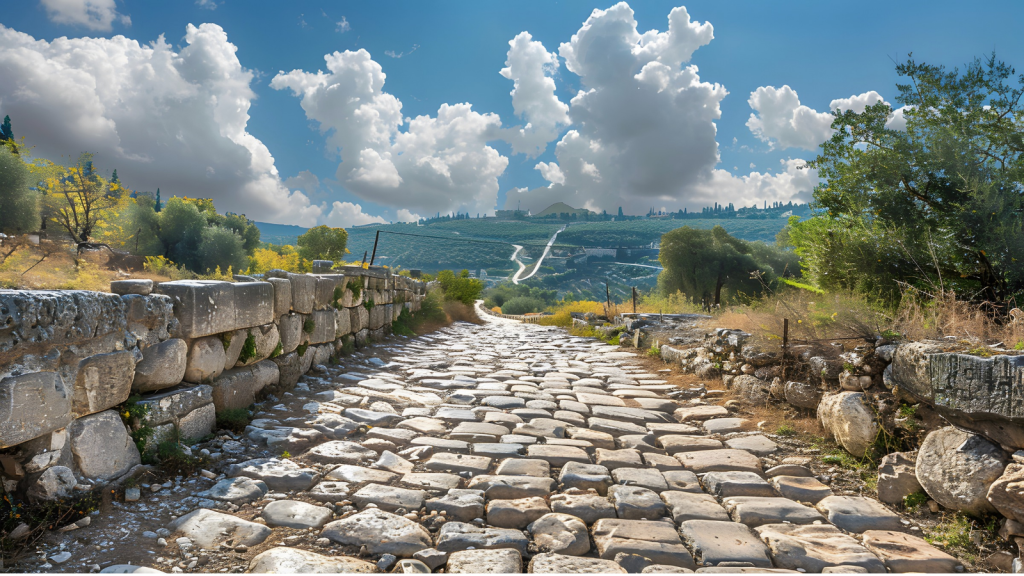
The Romans constructed extensive networks of roads that facilitated military movement, trade, and communication across the empire. These roads were built with layers of stones, gravel, and concrete, making them incredibly durable, with some sections still visible today.
10. Greek Geometry for Architectural Precision
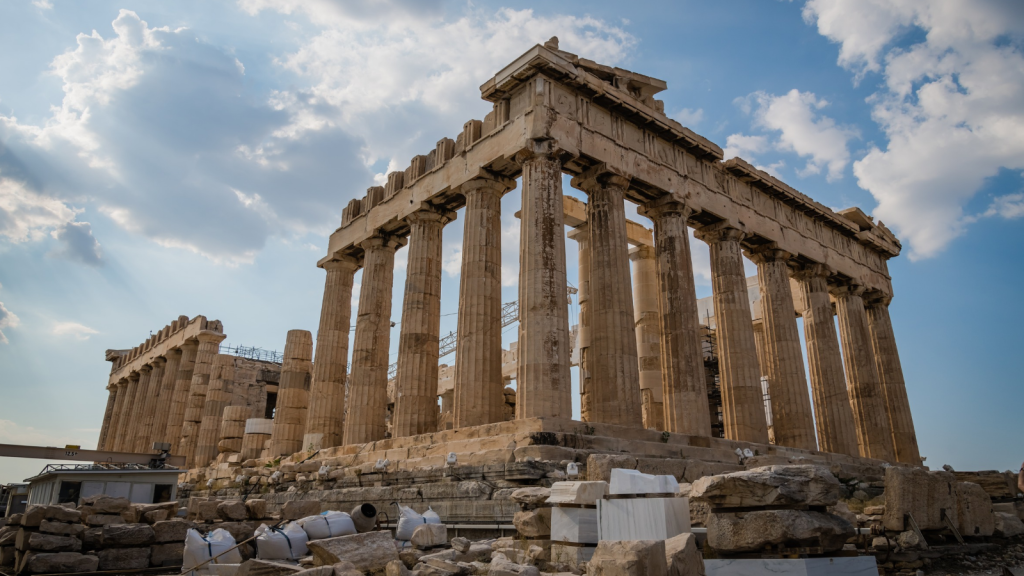
The Greeks used geometry to design temples, theatres, and monuments with incredible precision. They measured angles, calculated slopes, and used mathematical ratios to create structures like the Parthenon, which is admired for its symmetry and engineering to this day.
11. Babylonian Sundials to Track Daylight
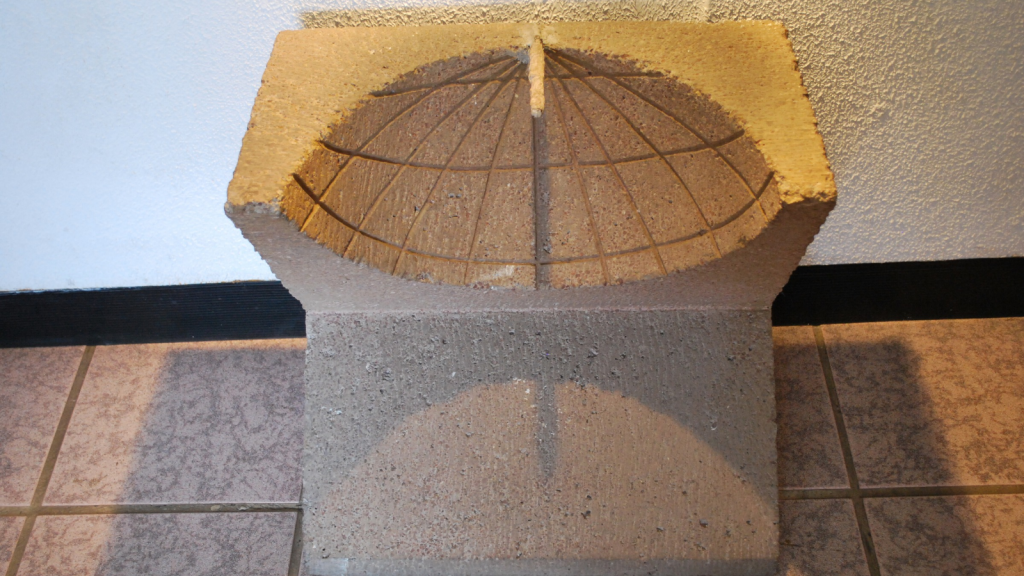
Ancient Babylonians used sundials to measure daylight hours, marking them off in sections. These sundials helped farmers plan their activities and allowed people to coordinate times for events—an essential tool for any civilization without clocks.
12. Chinese Paper Making for Record Keeping
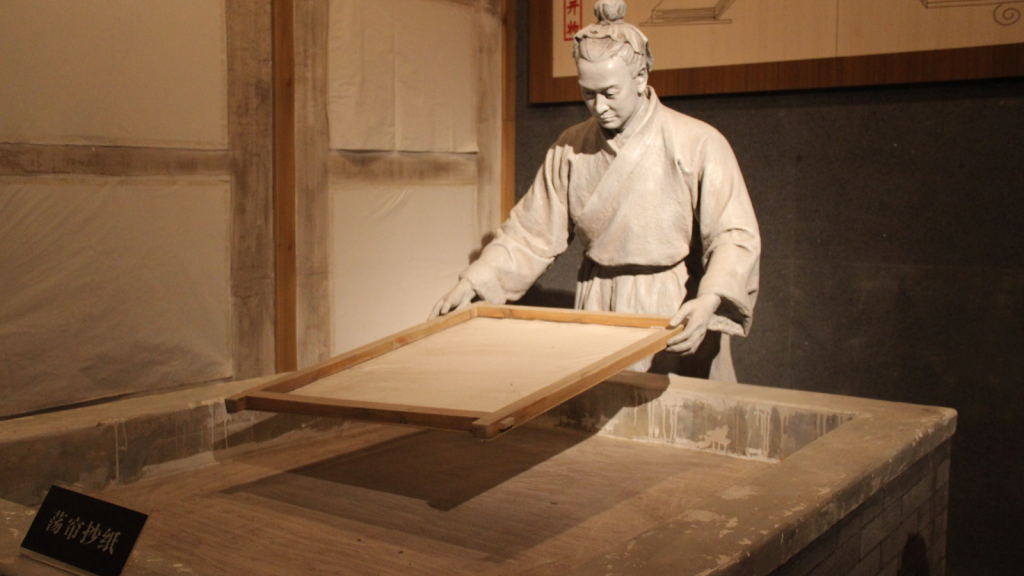
Paper was first developed in China around 105 AD, using a mix of bark, hemp, and rags. The invention of paper revolutionized record-keeping and communication, spreading knowledge more widely and paving the way for educational advancements worldwide.
13. Peruvian Terraces for Sustainable Farming
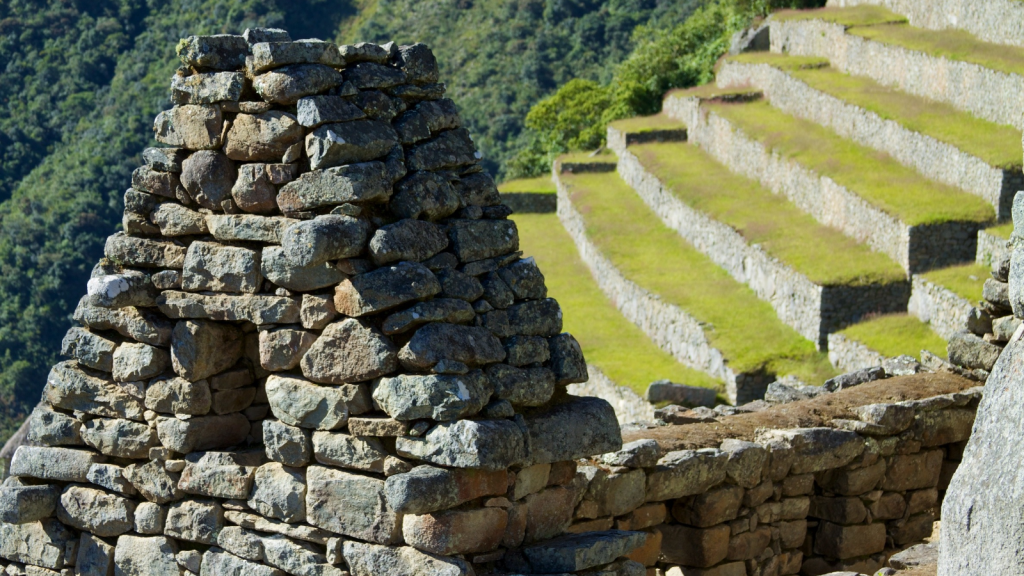
The ancient Peruvians, especially the Incas, constructed terraces on steep mountainsides to make farming viable. These terraces reduced erosion, conserved water, and allowed for crop cultivation in areas with little flat land, showcasing their deep understanding of sustainable agriculture.
14. Phoenician Alphabet for Easier Writing
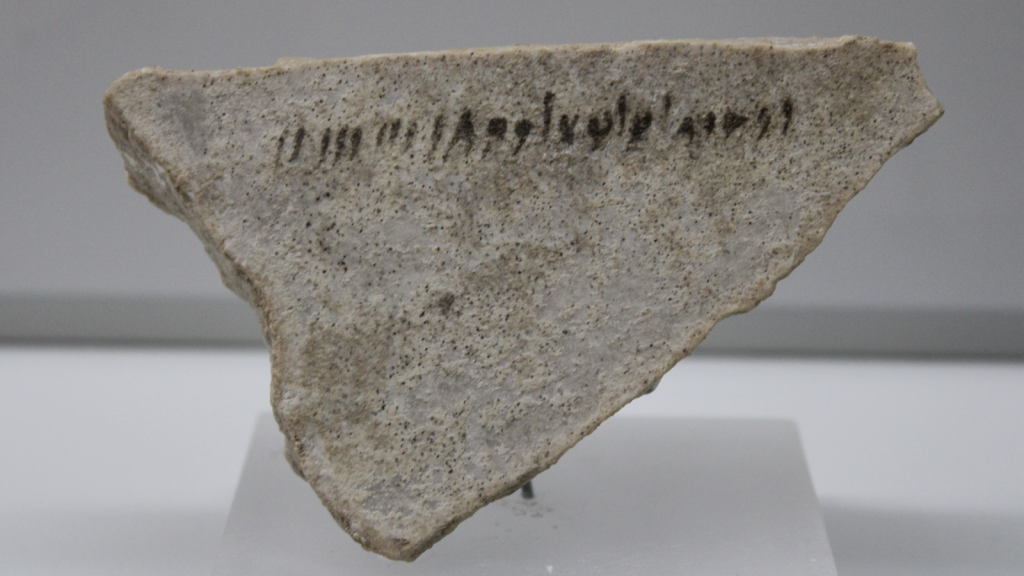
The Phoenicians developed an alphabet that simplified writing by using a set of symbols for sounds rather than complex pictographs. This system greatly influenced Greek and Latin alphabets, making it easier for people to learn and use written language.
15. Egyptian Irrigation for Crop Growth

The Egyptians harnessed the annual flooding of the Nile to develop an irrigation system that supported agriculture. They built canals and basins to control the water flow, providing nutrients to their crops, which ensured food security for their population.
16. Roman Heating System for Winter Warmth
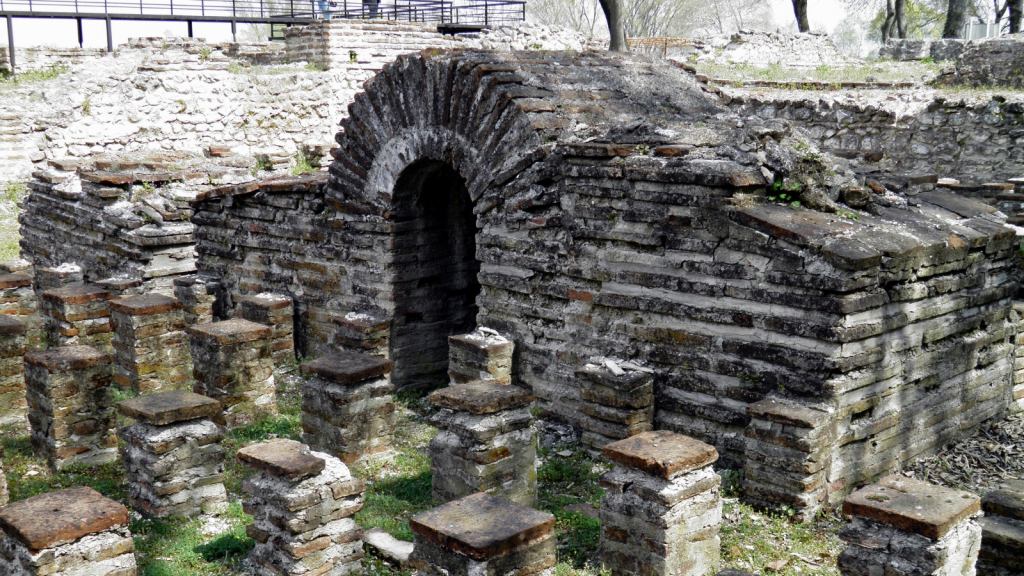
Romans invented the hypocaust, an underfloor heating system that used warm air from a furnace to heat buildings. This system allowed heat to circulate through floors and walls, providing warmth even during the coldest months and offering comfort long before modern heating.
17. Chinese Compass for Navigation
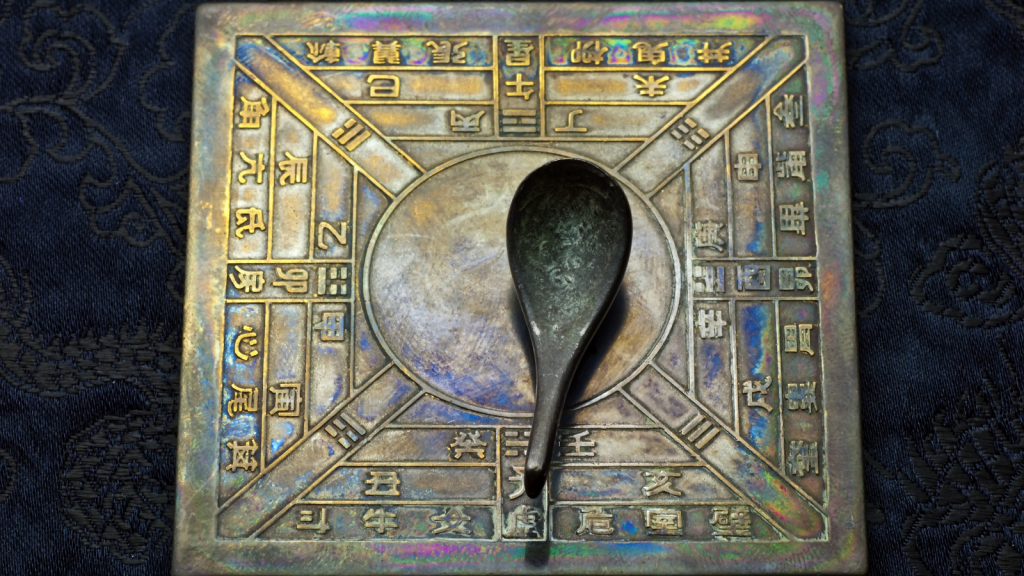
The ancient Chinese invented the compass, using lodestone, a naturally magnetic mineral. Mariners could use the compass to orient themselves, a crucial aid in travel and exploration, especially when the skies were overcast or landmarks were hard to see.
18. Egyptian Cosmetics for Eye Protection
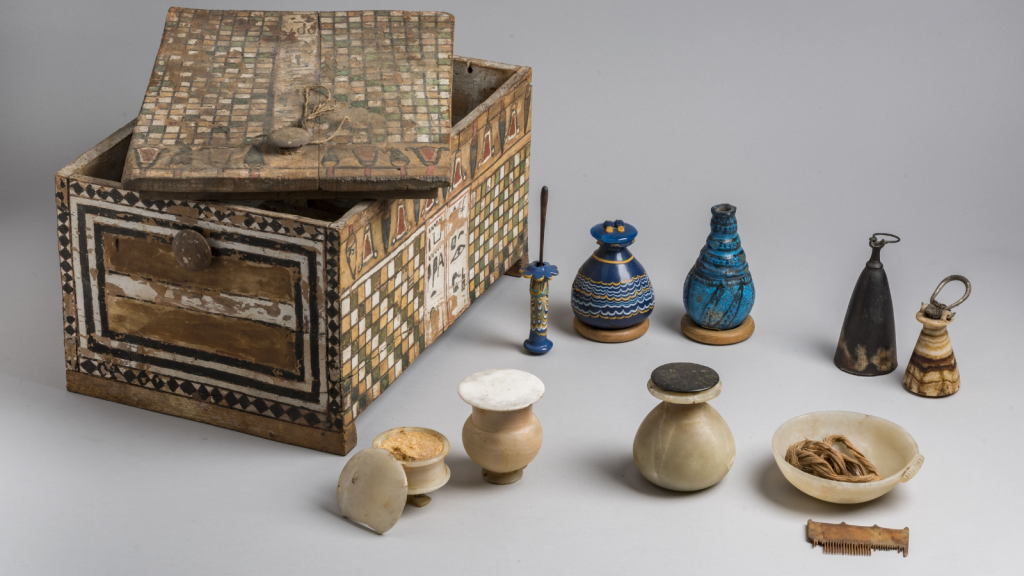
In ancient Egypt, eye makeup served more than a decorative purpose. They used kohl around their eyes, not only as a beauty product but also to reduce glare from the sun and protect against infections—one of the earliest forms of multipurpose cosmetics.
19. Native American Snowshoes for Winter Mobility
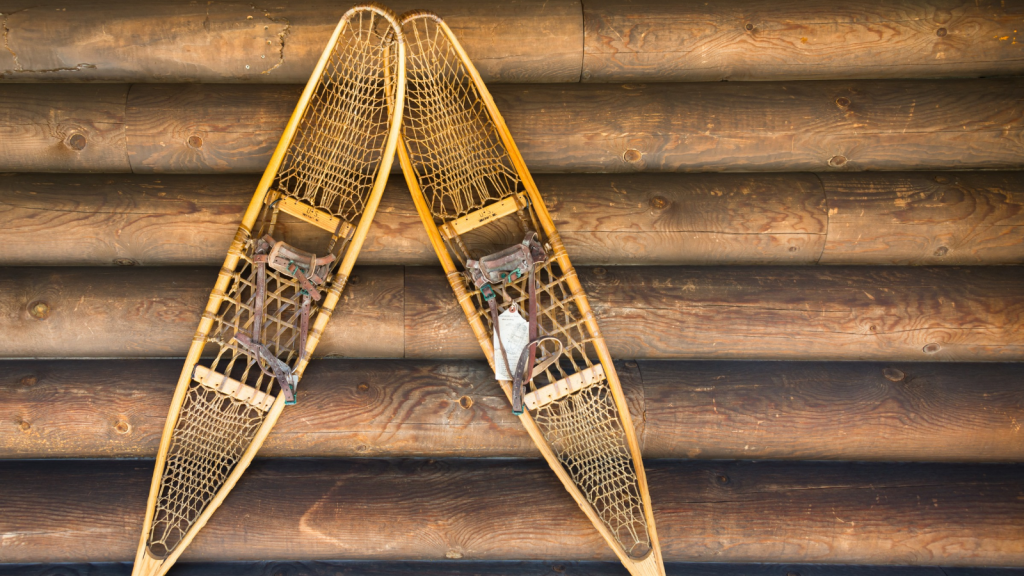
Native American tribes designed snowshoes to navigate snowy landscapes with ease. Made from wood and animal hide, these shoes spread the wearer’s weight across the snow, preventing them from sinking and making it easier to travel across winter terrain.
20. Indus Valley Drainage Systems for Hygiene
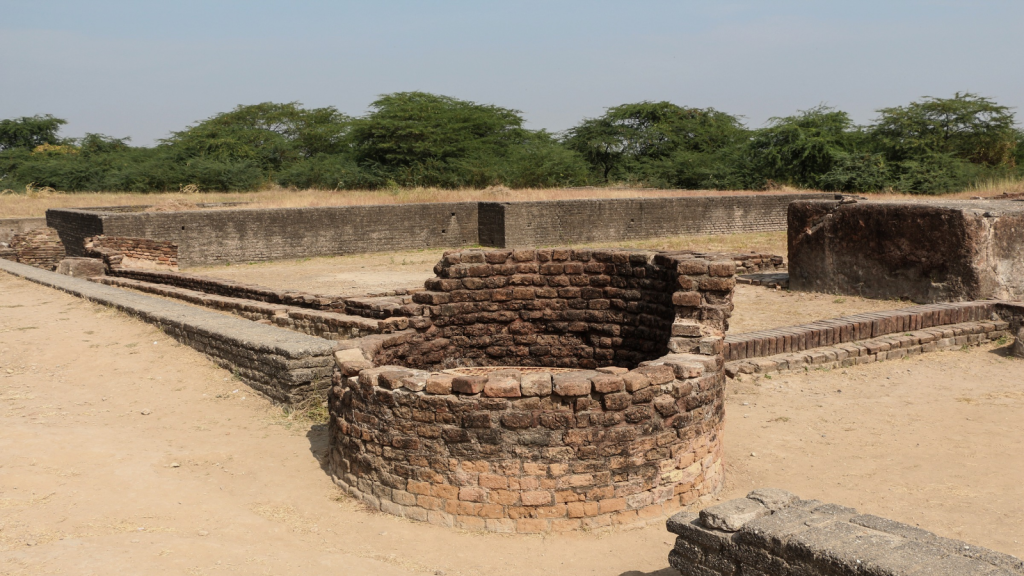
The Indus Valley Civilization developed advanced drainage systems, with carefully planned pipes and sewage channels. This system prevented waste buildup, improving sanitation and hygiene, which likely contributed to the health and longevity of the people.
21. Persian Qanats for Desert Irrigation
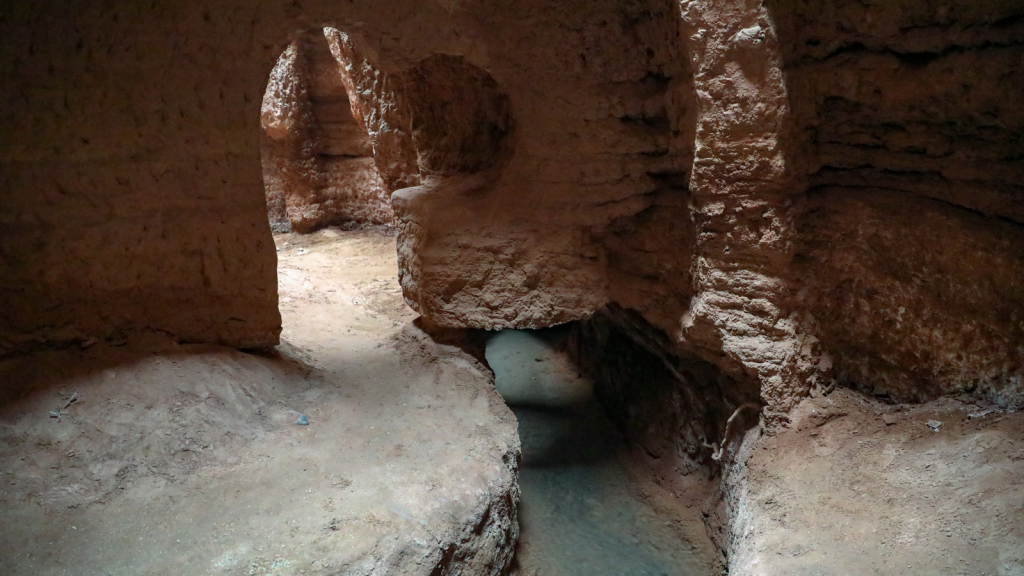
Persians created qanats, underground channels that transported water from aquifers to arid areas, making it possible to cultivate crops in the desert. These tunnels minimized water loss due to evaporation and were a marvel of sustainable engineering.
Ellen has been obsessed with logic puzzles, jigsaws, and cryptograms since she was a kid. After learning she was taught how to play chess wrong by a family friend (so they could win), she joined her school chess club and the rest is history.
